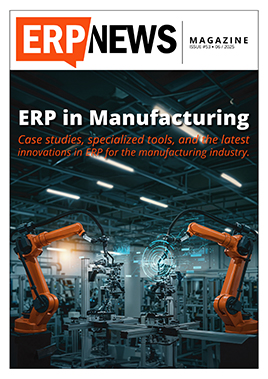It’s no exaggeration to say that credit runs our economy. Individuals use loans to pay for every major asset they own and businesses run by trading on capital. There’s a misconception among many people that credit is a bad thing. You’d rather pay for everything with money you have than with money you’ don’t, after all. However, when done responsibly, using a loan can often be one of the best financial decisions to make.

The reason for this is that, while we feel more secure when we’ve paid upfront for something, being able to defer payment to a later stage creates better budgeting opportunities and can prevent running out of funds early in the month.
Also, taking out loans you know you can pay off builds your credit score. Paying back on the agreed dates every term will see your credit score get steadily higher, giving you even better lending opportunities in the future.
That said, when used irresponsibly by consumers or by predatory loan companies, credit can indeed make life a misery. It’s important to be knowledgeable about all aspects of a loan before committing to one, whether you’re getting a student loan, personal loan, or medical loan.
Here’s what you need to know about the three most common types of loans in the US.
Top 3 Loans In The US
The United States economy is a leading example of how a capitalist culture operates. The government tends to apply as little regulation as possible on the basis that too much interference can harm economic growth. One of the unintended consequences of this is that companies can charge as much as they want for services and products that average Americans need. The following types of loans are the most common in the US.
Medical Loans
Healthcare in the US is more expensive than anywhere else and is twice as high as other high-income nations. Though services and medication prices are regulated elsewhere, this is typically not the case in the US. And as a matter of life and death, people have no choice but to pay whatever it takes to get the medical care they need.
Medical loans are therefore highly sought after. When someone has an illness like cancer, for example, exorbitant costs are impossible for many people to afford, even with insurance. The same is true for people with chronic illnesses.
Medical loans can, unfortunately, spiral out of control, considering that treatment may go on indefinitely and prevent individuals from earning money. It’s crucial that you do your homework before getting a medical loan. There are some excellent options out there so make sure to avoid predatory companies at all costs.
Student Loans
College is not as vital as healthcare. However, in the past few decades, young people have been raised with the understanding that they need a college degree to succeed. Unfortunately, college tuition is very expensive, especially for youths who are unable to work high paying jobs. If their parents cannot afford tuition fees, they may have no choice but to get a loan.
It’s no wonder that student loans are such a major part of political discourse these days. No matter what your views on the subject, if you’re in college, student loans are likely to have a big impact on you.
Student loans come with different conditions to most other types of loans, considering students will only be able to repay them in the future. There’s no doubt that, unless regulations are enforced, third-party student loans will continue to be one of the most common types of loans in the country.
Personal Loans
A personal loan is any loan that is taken out by an individual for a personal purpose. Unlike a car or home loan, a personal loan is usually taken for a less defined reason. Furthermore, there is no asset that is automatically used as security, and you therefore require a higher credit score. You may also have to negotiate higher interest rates.
Personal loans can be used to cover one-off expenses, such as weddings, funerals, vacations, or home improvements. They can be taken out very responsibly, with little risk involved if you’re not taking them under tremendous pressure.
Of course, sometimes people take out personal loans because they’re struggling to make ends meet. This can easily lead to a debt cycle, with the person unable to make payments once the loaned money runs out.
However, personal loans can also be used in such a way that they provide opportunities to make more money, rather than the possibility of crumbling under the weight of debt.
Conclusion
Many Americans rely on loans, specifically for services that are seen as vital, such as healthcare and college. When used responsibly, loans can help you increase your wealth and create opportunities. They certainly don’t need to lead to a cycle of debt but should always be used responsibly.







